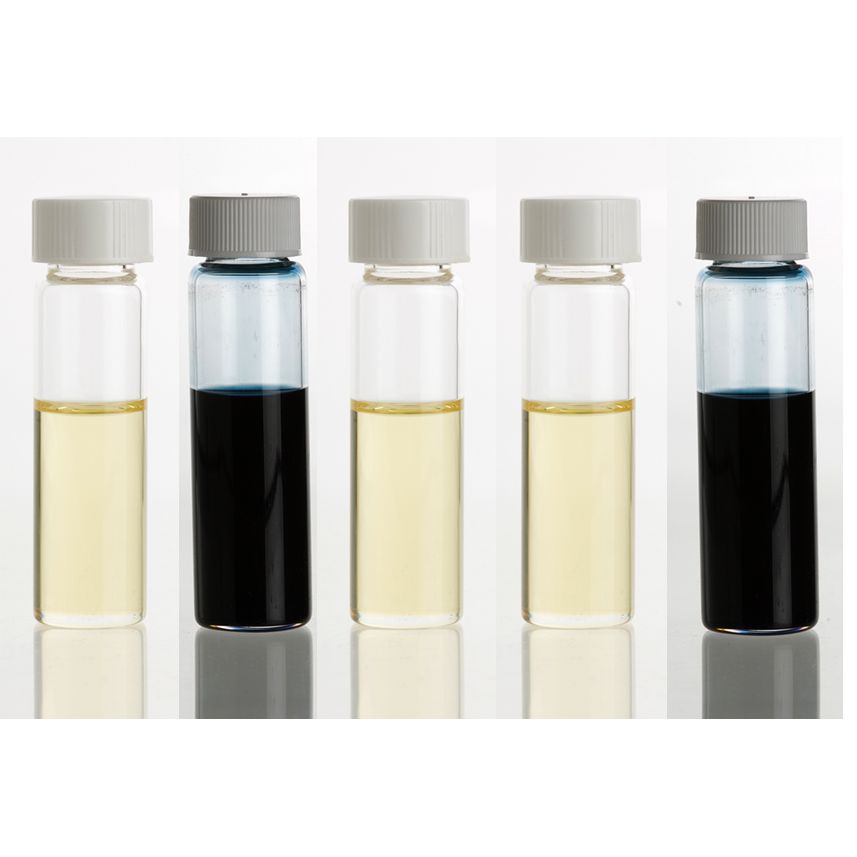
Testing for Microbiological Aspects Technical Brief (DWQT)
Testing for every possible pathogen in water would be time consuming, complicated and expensive. You can test for indicator organisms as a way of assessing the microbiological safety of drinking water. Escherichia coli (E. coli) and thermotolerant coliforms are often used as indicator organisms for fecal pathogens. When these microorganisms are present in water, fecal contamination is likely. This brief describes three main test methods to detect the presence of indicator bacteria in drinking water: Presence-Absence (P-A), Most Probable Number (MPN), and Membrane Filtration (MF).
Testing for Microbiological Aspects Technical Brief (DWQT)
Testing for every possible pathogen in water would be time consuming, complicated and expensive. You can test for indicator organisms as a way of assessing the microbiological safety of drinking water. Escherichia coli (E. coli) and thermotolerant coliforms are often used as indicator organisms for fecal pathogens. When these microorganisms are present in water, fecal contamination is likely. This brief describes three main test methods to detect the presence of indicator bacteria in drinking water: Presence-Absence (P-A), Most Probable Number (MPN), and Membrane Filtration (MF).
Format:
Adobe PDF
Select a language
Need help?
Can’t find what you need? Have more questions about a topic? Need advice on how to use a resource? Chat with a CAWST advisor.
Contact usAbout CAWST
CAWST is a Canadian charity and licensed engineering firm. We address the global need for safe drinking water and sanitation by building local knowledge and skills on household solutions people can implement themselves.